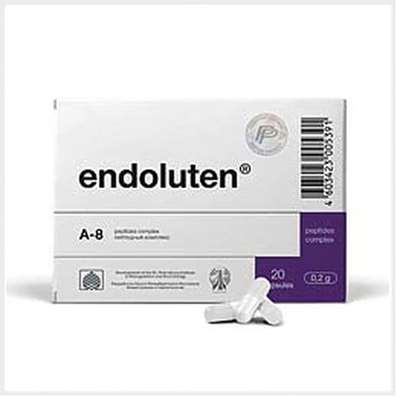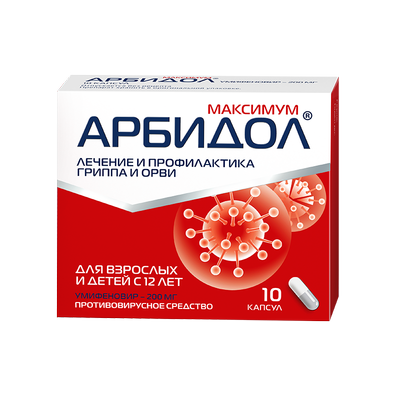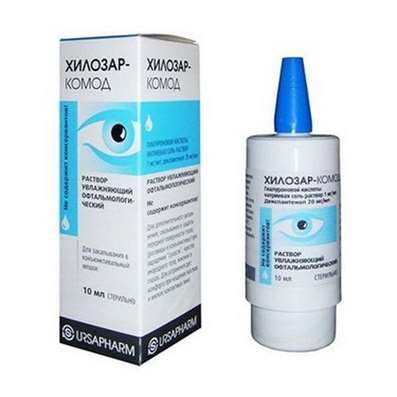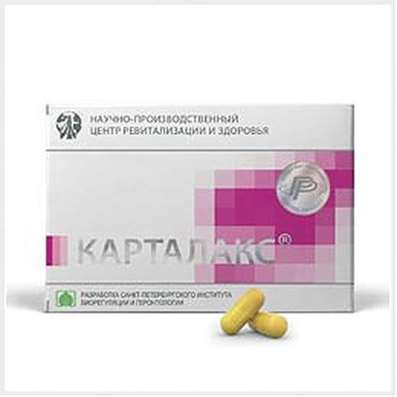Iron (micronutrient)
08 Dec 2016
Iron is an important trace substance which takes part in many biochemical reactions. The organism of the adult contains about 3,5 grams of iron from which 75% are the main operating blood hemoglobin element (iron gives to a blood red color), the rest is a part of enzymes of other cells, catalyzing processes of respiration in cells. At a disadvantage of iron there is anemia.
Biological role of iron
The important role of iron for a human body is established in the 18th century. Iron is irreplaceable in processes of a hemopoiesis and intracellular exchange. The human body contains 3-5g a gland. Nearly 70% of all iron which is in a human body are a part of the respiratory pigment of a blood which received the name a hemoglobin. Iron causes ability of this pigment to bind the oxygen which came to lungs and to transfer it to all cells of a body. The fact that as a part of a hemoglobin iron is bound to oxygen 100 times more active, than as a part of any other biologically active compound is interesting. Even only one this function is enough to estimate all importance of iron for maintenance of processes of a metabolism and energy.
Deficiency as well as excess of iron, negatively influence health of the person. The disadvantage of iron causes development of an iron deficiency anemia which cornerstone the reason bound to shortage of ions of iron for hemoglobin synthesis is.
One more important biologically active connection which includes iron atoms is called myoglobin respiratory protein of cardiac and skeletal muscles. This connection actively participates in providing with oxygen intensively working muscles. Iron as a part of myoglobin helps to maintain operability of muscle fibers during long physical activities when the oxygen arriving from blood is spent very in high gear.
Iron plays an important role in energy allocation processes, in enzymatic reactions, in ensuring immune functions, in cholesterol metabolism.
Inorganic compounds of iron meets in some bacteria, it is sometimes used by them for air nitrogen binding.
Iron in food
In an organism of animals and the person iron arrives with food, the liver, meat, eggs, bean, bread, grain are richest with it. Apples, beet and other vegetable food are rich with iron, but from them iron is practically not acquired.
Read in more detail: Content of iron in products
The need for iron
As a rule, the iron arriving with food is, quite enough, but in case of occupations bodybuilding and other sports, it is desirable to spend on drink incidentally vitamin and mineral complexes with iron.
The excessive dose of iron (200 mg and above) can have toxic effect. The overdose of iron oppresses antioxidant system of an organism therefore healthy people aren't recommended to use iron medicines
Taking into account 10% of assimilation standard daily rates of consumption of iron make 10 mg at men, women have 18 mg (pregnant women have 20 mg, at nursing - 25 mg). At the same time it must be kept in mind that extent of digestion of iron from different foodstuff different. It is big of the diets rich with animal products (meat, fish, etc.), and smaller - from the diets consisting generally of vegetable products. The need for iron increases in case of a hard physical work, at athletes, during the work connected with the substances exerting toxic impact on blood formation (aniline, benzene, etc.), in the conditions of deficit of oxygen (climbers, etc.), in case of blood losses, diseases of guts, helminthic invasions. Iron in additives very often causes a lock.
Iron and sport
The main function of iron is connect proteins for production of hemoglobin, a special protein which gives to red blood cages their color. Hemoglobin transfers oxygen through blood from lungs to body tissues. Iron is also necessary for forming of the myoglobin containing only in muscular tissue. The myoglobin delivers oxygen to muscle cells for ensuring the chemical reactions promoting reducing muscles.
Being a strength athlete or the body builder, you constantly tear and anew recover the damaged muscular tissue. This process can demand additional amount of iron, mineral which is significantly necessary for health of the person. Moreover, it is noticed that in case of accomplishment of aerobic exercises or participation in that sport which assumes load of legs as, for example, run, the dancing aerobics and a step aerobics, is observed increase in loss of iron. Also in risk group there are those women who are engaged more than three hours a week who bore the child within the last two years or consumed less than 2200 calories a day. You can also like Koramine.
Low content in an organism of iron can reduce muscular activity. Shortage of iron is capable to lead to iron deficiency anemia, the last stage of the loss of iron which is characterized by the lowered hemoglobin level in blood. Power occupations really reduce iron inventories for a number of reasons, including the physical tension and damage of muscular tissue. Other reason of the lowered amount of iron and iron deficiency anemia is its inadequate receipt with food. Studying of diets of female athletes which needed additional amount of iron in days (18 mg) to offset the losses caused by loadings, showed that daily consumption of iron constituted about 12 mg. The losses happening in digestive tract, leaving of iron with then and during periods can be other possible reasons of low level of iron in an organism.
Some people can have a deficit of iron without anemia. Such condition is characterized by the normal level of hemoglobin, but the reduced share of ferritin, a special form of the iron which is stored in an organism. When there is a shortage of iron, tissues of a body begin to experience oxygen starvation. It can be shown in increased fatigue and the slowed-down process of recovery of forces. Several researches conducted in Cornell University showed that when the unexercised, having deficiency of iron women accepted during the occupations additive with iron, they observed increase in level of oxygen in blood and increase in endurance. It shows us once again how availability of iron in an organism influences quality of work in the hall. However acceptance of additives with iron won't improve your sports indicators if you have a normal level of hemoglobin.
The best sources of dietary iron are the liver and other meat offal, fast meat and oysters. Iron also contains in green sheet vegetables though iron from products of plant origin is acquired worse, than iron from animal products.
The strength athletes and other people leading active lifestyle are usually inclined to avoid some meat rich with iron because of the increased content of fat in it. But you can increase an iron share in the diet, consuming moderate amount of beef or an animal oil. If you don't eat some meat at all, you shall watch receiving necessary amount of iron especially. There are several recommendations.
- Eat fruit, vegetables and the grain rich with iron. You, of course, don't receive the same amount of iron as in case of consumption of animal products, but vegetable products contain a fat minimum. Green sheet vegetables, as, for example, garden and sheet cabbage, dried fruit — raisin and dried apricots — and the bread enriched with iron and grain dishes — all this good vegetable sources of iron.
- Try to obtain the best digestion of iron, combining in the diet products rich with iron with the products which are a good source of vitamin C which improves iron absorption. So, for example, for breakfast you can drink orange juice and eat the grain flakes enriched with iron with raisin. Or to sprinkle cabbage lemon juice.
- Try not to mix products with the high content of cellulose with the products rich with iron, in one meal. Cellulose interferes with digestion of iron and many other minerals. Have no tea and don't accept antatsida along with the products enriched with iron; they also prevent iron absorption.
- Whenever possible include a meat quantity in the diet. Fast red meat and dark meat of chicken and a turkey contain a large amount of iron. Eating 85 — 113 g of meat three times a week, you considerably will increase iron level in an organism. And if you combine meat with vegetable sources of iron, then will even more increase iron inventories.
- Perhaps, you need iron in the form of additive. 8 mg for men and 18 mg for women at the age of 19 — 50 years a day will be as it is impossible by the way. But don't take in head to accept the raised iron doses. The you will accept its bigger quantity for once, the less will be able to absorb its your organism. Besides, excess of iron can lead to hemochromatosis, a disease as a result of which iron accumulates in the main body organs, and work of a liver is broken subsequently.
As women are more inclined to iron loss, the American Olympic committee (USOC) recommends to female sportswomen to make periodically blood test for check of level of hemoglobin. If you suspect that you can have a deficit of iron, talk to the attending physician or the skilled nutritionist specializing in sports medicine. Self-treatment by means of high doses can cause big problems and it is potentially dangerous.

 Cart
Cart





